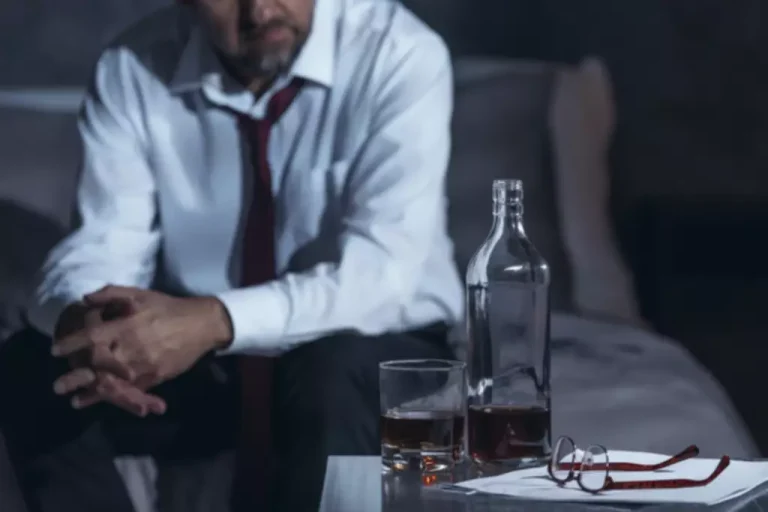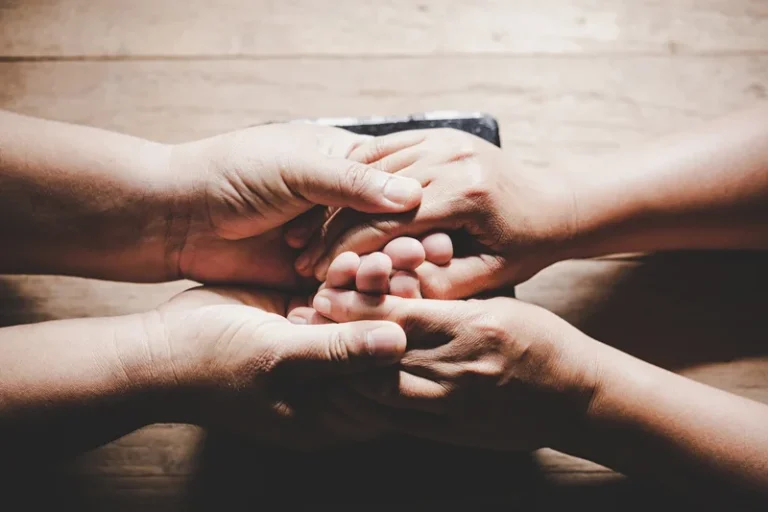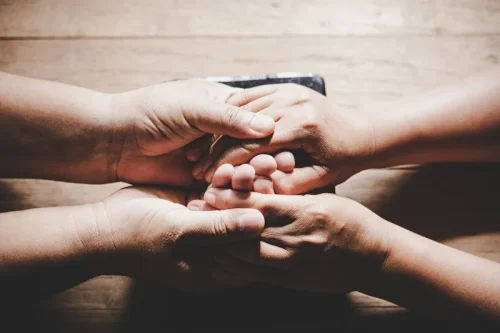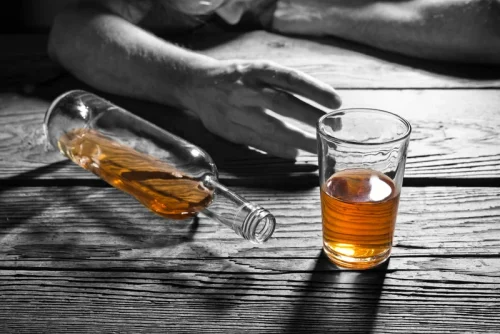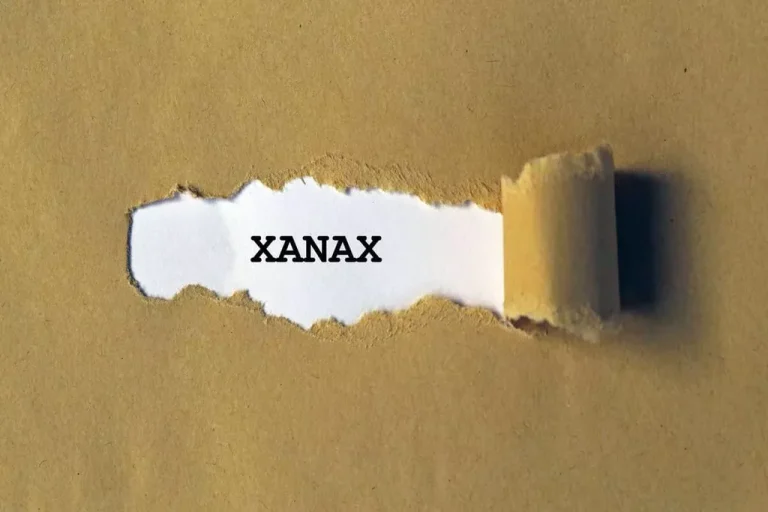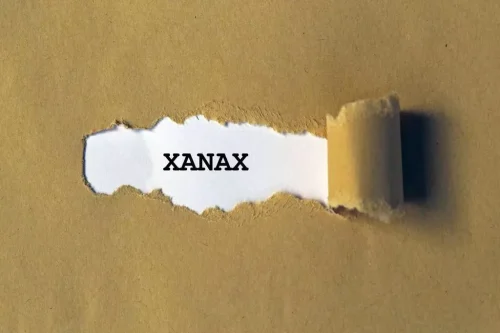For many of those who are addicted, enduring even that action is unimaginable. What must follow is the process of behavior change, through which the brain gradually rewires and renews itself. The 12-step program is to help people https://northiowatoday.com/2025/01/27/sober-house-rules-what-you-should-know-before-moving-in/ overcome their addictions and compulsive behaviours by using a structured way to build inner spiritual strength. Sharing our personal stories and helping others is the spark of hope and a roadmap for others on the recovery journey. Those who help others not only help others but also themselves in the process, creating a culture of empathy and collective resilience. This moral reckoning is crucial to identify recurring patterns of behavior and the underlying problems that need to be fixed.
When Do I Need a 12-Step AA Program?
Studies show that families that participate in treatment programs increase the likelihood of a loved one staying in treatment and maintaining gains. Rather than emphasizing powerlessness and embracing a higher power, the SMART Recovery approach emphasizes viewing substance use as a habit that people can learn to control. It draws on aspects of cognitive-behavioral therapy (CBT) and helps members to build motivation, cope with cravings, change addictive thoughts, and adopt healthy habits. The fourth step towards recovery involves building a support network and establishing accountability. This can include attending support groups, such as 12-step programs, and participating in peer support services.
Trusted Outpatient Rehab Centers in Kansas
Engaging in activities that once brought joy allows individuals to explore their authentic selves, fostering personal growth. Reflection on past experiences can help uncover what truly inspires and Living in a Sober House: Fundamental Rules excites them, paving the way for a fulfilling life post-addiction. Ultimately, self-reflection enhances the recovery process by promoting personal growth and resilience in the face of challenges. Through thoughtful analysis, individuals can recognize their core strengths and values, restoring meaning in their lives post-addiction. Such continuous introspection enables them to cultivate self-compassion, essential for sustaining progress and achieving long-term sobriety. Through self-reflection, individuals can gain insights into their behaviors, recognizing unhealthy thought processes and habits that contribute to their addiction.
These mutual support groups provide a structured environment where individuals can share their experiences and challenges without judgment. Substance abuse treatment typically includes detoxification, one-on-one behavioral therapy, group therapy, and skill-building exercises. However, the types of therapy available may vary depending on the substance being abused and the individual’s unique needs. Aftercare refers to continuing addiction treatment after the initial treatment program ends. Typical aftercare includes support groups, ongoing therapy, sober living arrangements, and medication-assisted treatments for relapse prevention. Although the recovery process has its challenges, the stages of change can be predicted and planned for in treatment.
- In this article we will go through what are the 12 steps of recovery, breaking down each step and what they mean for you.
- As the name would suggest, people in the contemplation stage are beginning to consider that they have a substance abuse issue or are considering cutting down or moderating their alcohol or drug use.
- Building mental strength and staying motivated can make this phase more manageable.
- The recovery process from drug or alcohol addiction often involves a person making a significant change(s) to improve their quality of life, including overall health and wellness.
- Rather, he combined his knowledge in philosophy and religion to craft the 12 steps and traditions in the AA book, commonly known as “The Big Book”.
- This increased clarity helps in shifting negative thought patterns and encourages healthier coping mechanisms, crucial for sustained sobriety.
Understanding Addiction Recovery
Many successful treatment plans are specifically tailored to each individual. Relapse prevention and other treatment strategies may consider the person’s environment, level of motivation, severity of their addiction, co-occurring medical and mental health conditions, and other factors, too. Recovery is about more than just quitting substances; it’s about building a life that feels fulfilling and sustainable. Whether you need support managing challenges, staying motivated during recovery, or finding the right resources, our relapse prevention therapy can help. The most effective way to recover from addiction involves a comprehensive approach that addresses the physical, emotional, and psychological aspects of an individual’s life.
Step Programs
Non-12-Step alternatives, such as SMART Recovery, focus on self-empowerment and structured cognitive techniques without a spiritual component. However, numerous studies suggest that 12-Step programs offer a robust framework with unique benefits, such as fostering a strong community, providing ongoing support, and creating a structure conducive to recovery. The main goal of aftercare is to apply and reinforce the positive changes that the initial inpatient or outpatient addiction treatment program achieved.
The Journey of Self-Discovery Post-Rehabilitation
- Having a strong spiritual foundation is important for us as we work through our recovery challenges, to get ongoing personal growth with our spiritual growth.
- The only requirement for membership is a genuine desire to stop drinking or using drugs, making it an inclusive option for many.
- Only a tiny percentage of people addicted to alcohol or drugs take medication for it.
- Twelve-Step meetings are considered the “fellowship” part of the AA mutual support groups, where people come together and share their experiences.
- Staying committed means continuously making choices that support your health and well-being, even when challenges arise.
This response can be a good indicator of whether the individual will relapse. Accountability is critical during this stage, as it helps individuals stay on track with their recovery and provides a sense of responsibility and commitment. Sponsorship can be a helpful component of accountability, as it provides individuals with a mentor and guide who can offer support and guidance throughout the recovery process. Cognitive-behavioral therapy (CBT) is a helpful approach during this stage, as it enables individuals to identify and challenge negative thought patterns and behaviors.
- While the wording can vary to resonate with different communities and promote inclusivity, the core intent remains focused on recovery and personal growth.
- The length of time it takes to recover from addiction varies depending on the individual and the severity of their addiction.
- More than 2 million members participate, reflecting the model’s adaptability to different cultural contexts while maintaining its foundational principles.
- Each of these areas contributes to sustaining a sober, fulfilling life.
AA serves as a foundational model for numerous other 12-step programs, including Narcotics Anonymous (NA) and Al-Anon, a support group for families of people battling addiction. In conclusion, embracing harm reduction and diverse modalities recognizes the uniqueness of each individual’s journey in addiction recovery. By acknowledging differences, offering alternatives, and emphasizing flexibility, the recovery process becomes more accessible, person-centered, and ultimately more effective in promoting lasting positive change. By providing options for recovery, individuals can choose the approaches that resonate with their needs and preferences.
By employing these self-reflection techniques, individuals in recovery can foster greater emotional healing and personal growth, essential for a fulfilling and sober life. The next steps towards recovery involve rebuilding and recovering from the physical, emotional, and psychological damage caused by addiction. This process can take time, and it is essential to be patient and compassionate with oneself throughout the journey. With over 118,000 groups worldwide, the 12-Step program has significantly impacted global recovery efforts. More than 2 million members participate, reflecting the model’s adaptability to different cultural contexts while maintaining its foundational principles. The program’s emphasis on community and shared experiences fosters a supportive environment conducive to recovery, making it relevant across diverse populations.
This can include seeking professional help, building a support network, and engaging in self-care practices. The 12-Step model has been widely adopted beyond alcohol addiction, addressing various issues such as drug addiction and gambling. Organizations like Narcotics Anonymous and unique groups for other compulsions utilize the foundational principles of the 12 Steps, adapting them to suit diverse needs while maintaining a focus on recovery.
Medication-Assisted Treatment
They can offer encouragement, help you stay accountable, and provide emotional backing. Each phase of the recovery timeline presents its own challenges and opportunities for growth. The initial stage, acute withdrawal, can be the most physically intense, with symptoms like anxiety and sleep disturbances. As recovery progresses, new challenges such as cravings and relapse prevention become more pronounced, requiring ongoing care and support. Making a relapse prevention plan can help to avoid the issues that lead to a relapse.
These systems can include friends and family who help people in recovery stay sober, healthy coping mechanisms, support groups, therapy, and many other possibilities. Millions of people do, whether they were once compulsive users of opiates, alcohol, or gambling. Outpatient alcohol treatment programs vary in intensity and hours but allow individuals to live at home or in a sober living environment and attend treatment sessions at the facility.





